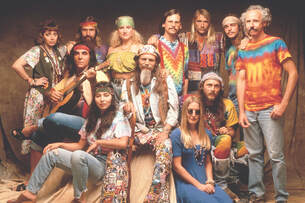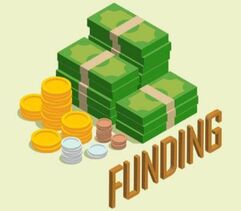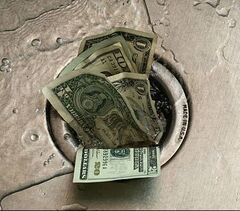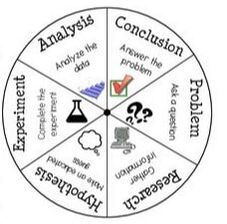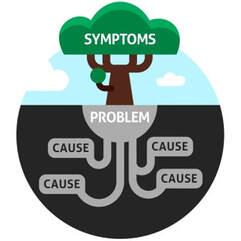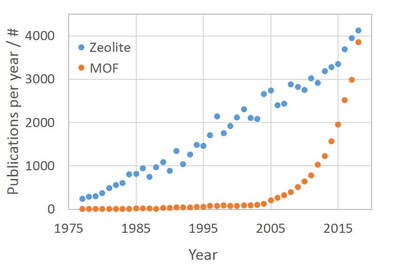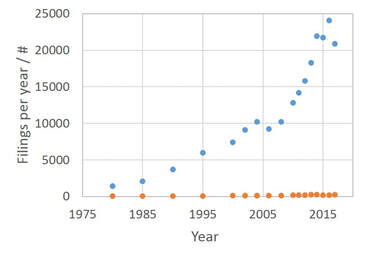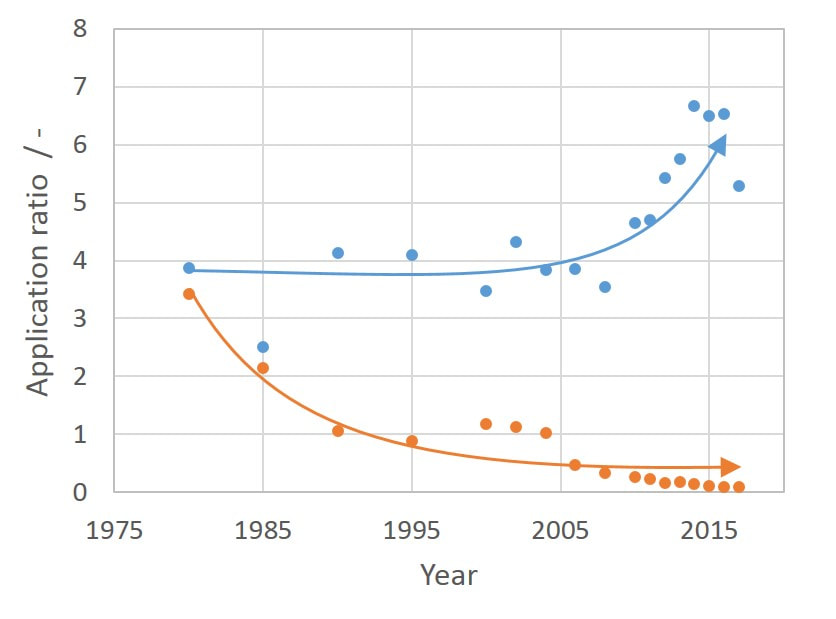Fashion in science
|
Within the scientific domain the variation in topics is extreme. Distribution of human resources among topics can be however nonstrategic and depends on various economic, cultural, and geopolitical influences. Under certain conditions, this can give rise to scientific 'hypes' or 'hot topics'. In this piece, some more background on the phenomenon.
Disclaimer: This article reflects the opinion of the author only. The article aims to rise general awareness, and does not target specific topics, organizations, or people. |
Quantification of the application potential of science For those applied sciences, a potential descriptor to express the value and societal value or need of a topic may be the ratio between industrial and academic attention. This could be quantified by dividing the number of patent filings on a topic to the number of academic publications on the same topic. The associated hypothesis would then be: The higher this 'application ratio', the higher the societal value.
|
|
The scientific wheel: pressure to publishThe lack of academic permanent positions make that only the best remain. This can be good as long as the right qualifications are used. Often, the key descriptor to identify 'the best' is the number of publications. This increases the pressure to publish, and directly fuels the hype mechanism...
|
Principles of fundingIn many countries, scientific groups are for the larger part based on performance-based grants. This further raises 'publication fever' as an important criterion for getting a grant is the number of publications. When funding is also allocated based on mass hysteria instead of rational and strategic discussion-making, an unbalanced distribution of scientific activity results.
|
|
Limited scientific freedomA possible disadvantage of the funding mechanism based on specific grants is that it curtails scientific freedom. On the one side, the context of the grant does prevent deviation of efforts in the wrong direction. However, it may also prevent to spend efforts on potentially more valuable topics.
|
Ill-founded societal pressureEspecially in a democracy the voice of the public can be strong. Whereas this has led to great progress for mankind, it can be detrimental when the public is miss/partially or even completely uninformed. Especially, if the public manages to influence key decision makers.
|
Academic historyThe comparison here comprises two families of crystalline materials: zeolites and metallo-organic frameworks (MOFs). For both families the same amount of scientific publications are dedicated per year currently. Can you guess which material follows the trend of a potential hype?
(Source: www.scopus.com) |












